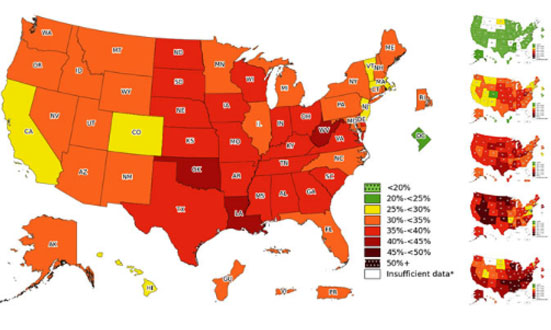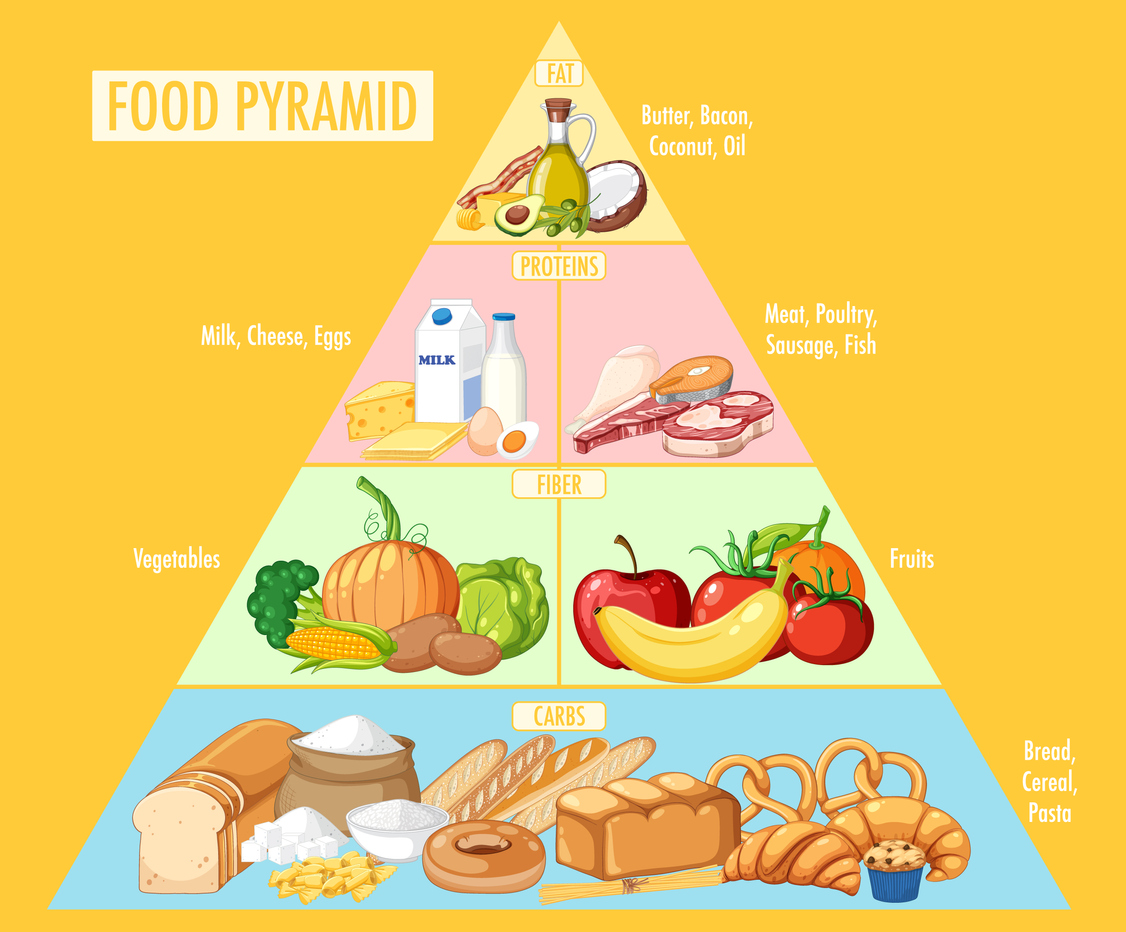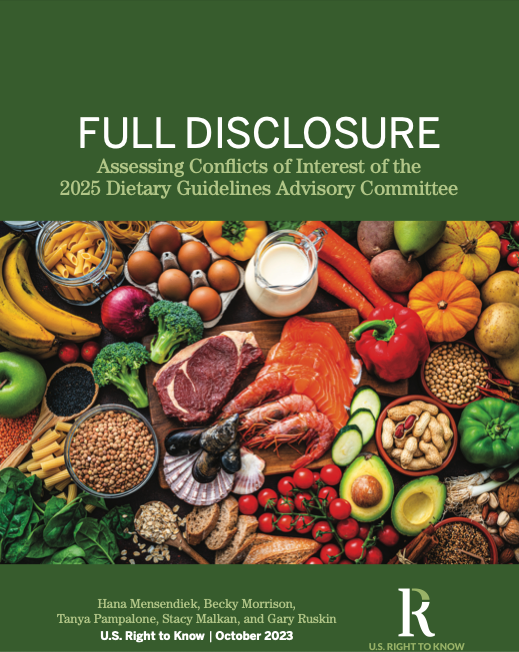Serious Questions about USDA Food Pyramid
Many American have always had questions about the seemingly innocuous food pyramid we have been “fed” all our lives. Hello everyone, Ken Baxter here coming to you from sunny Las Vegas, Nevada and thanks for stopping by.
The map on the right depicts 2022 Adult Obesity Prevalence Maps for 50 states, the District of Columbia, and 3 US territories show the proportion of adults with a body mass index (BMI) equal to or greater than 30 ( ≥30 kg/m2). Not one state has an obesity rate of less than 25%.

Most of us are familiar with the graphic above, distributed by the United States Department of Agriculture (USDA) recommending the optimal number of daily servings Americans should be eating from each basic food group to ensure we stay healthy and prevent obesity. I highlighted the word optimal, not only because I know, as well as anyone who has lost weight quickly following a carb restricted diet can tell you, the recommendations below are more likely to bring you additional health problems not solutions. These guidelines, encouraging a massive intake of grains and other carbohydrates daily, were initially introduced by the USDA in 1992. Other than minor tweaks to the graphics and the title, the general structure has been rubber stamped for decades. The guidelines remaining the same even when according to the CDC, in 1991 the obesity rates in the United States averaged less than 10%, compared to 2010 when no state had an obesity percentage less than 20%. Nearly 20 years and all that time our bodies knew and felt these recommendations made no sense. But what type of science or data is the USDA using to make these recommendations? The information that ends up on the chart is determined by the Dietary Guidelines Committee (DGC). A group of “20 nationally recognized nutrition and public health experts” appointed by the Departments of Health and Human Services (HHS) and the USDA. The appointees will serve a term through 2030, and it seems according to emerging information that some of the appointees may have a substantial risk of conflicts of interest.
I would like to share with you a detailed and damning report compiled by the nonprofit, public health research group, U.S. Right to Know called “FULL DISCLOSURE”. USRTK.org compiled information over the last 5 years showing almost half of the 20 Dietary Guidelines Committee members had ties to food, pharmaceutical and weight loss companies or industry groups with a stake in the outcome of these guidelines.
Using a scale determining varying degrees of risk for conflict of interest (COI), USRTK.org assessed publicly available data for each member to determine possible bias, monetary payments or industry consultancies that might affect how a member would vote. Shocked? Not us at We the People.
Companies mentioned in the report that have been seeking the cooperation of these members, include Beyond Meat, Weight Watchers, Intl., Eli Lilly, Pfizer, Novo Nordisk, Abbott Laboratories American Egg Board, Bayer, Coca-Cola, Bariatrix Nutrition Co, and more.
The reports leaves us with this caveat, “Reliance on publicly available data limits our investigation to relationships that are disclosed by the member, the member’s institution, or by industry actors. These disclosures are often voluntary and opaque.”
This caveat means to me that there may be more than half of the members that have possible conflicts of interest on the Dietary Guidelines Committee. Stay tuned.
I hope you can take a few minutes to review this eye opening report, and if possible share it with your friends and thanks again for stopping by.
Food, beverage, and pharmaceutical companies, as well as large grocery chains with a financial stake in the (Dietary Guidelines for Americans (DGA), have repeatedly attempted— often successfully—to influence the guidelines.
FULL DISCLOSURE • US Right To Know USrtk.org



